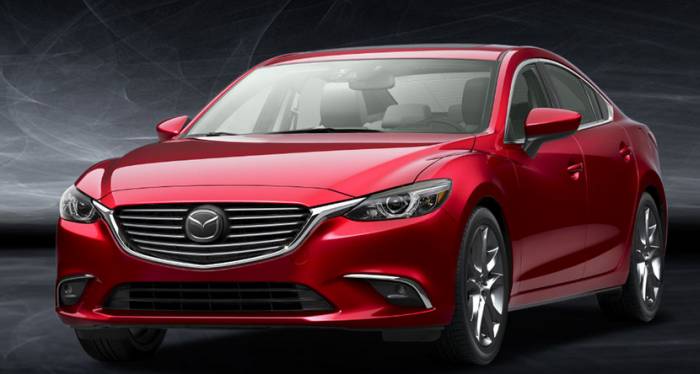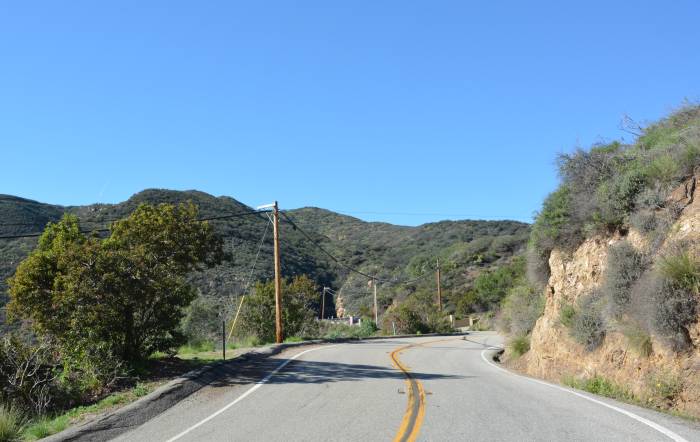Today someone asked that question again in one of the groups that I follow on Facebook: “I’m looking for a new Windows notebook computer, any recommendations?”
This set off a massive number of replies, of course, including, as always, Mac Missionaries expounding upon their love for their machines. About 50 posts into the thread, someone finally had the sense to point out that the original question was about Windows.
As far as I am concerned, such threads are silly.
Let me state that I have, and use, Windows, Mac, and Linux machines in my home office.
These long-winded, highly opinionated threads erupt because folks love to chat and ask for advice, and give advice, but why not go to a reputable source like PC Magazine that runs annual surveys of hundreds of users and dozens of brands in relation to satisfaction, reliability, service issues, likelihood of repurchase, etc. (and yes, the surveys include Macs). Choose a couple of brands/models that are highly rated, and go check them out in a store.
Try them out. Use them.
On Facebook, or in other forums, we’re just trading personal biases and one-off experiences. There is no hope in hell that what’s good for Greg will be pleasing to Mariko, or comfortable for Janet, or beloved by Paul.
For example, my wife and I both have ASUS notebooks (the brand chosen mostly because it tends to have pretty good bang for the buck, and is often found on sale), but very different models. Different uses and preferences.
Mine is a small, highly portable 13″ model with a processor designed for long battery life on the go. My wife’s machine is big, with a 17″ screen, and a built-in numeric keypad because she’s studying accounting, and rarely carries the machine anywhere, though she can take it to class if she needs to.
I’ve had Mac, IBM (now Lenovo), Toshiba, and ASUS notebook computers. They have all been reliable. My office towers for decades have been no-name, custom-configured machines, aside from the odd Gateway or hand-me-down Dell. They have all run fine, too.
So please, do your research, and most importantly, take the time to try out, and find, the computer that suits you, and fulfills your needs.

